UNAM, A Positive Voice for Healthcare

STORY INLINE POST
Q: What are your views on the country’s lack of medical staff and specialists, especially in rural areas?
A: In Mexico, 18,000 doctors graduate per year. Almost all of them look forward to entering a specialty by completing the National Exam of Candidates to Medical Residences (ENARM). Mexico has a large number of general doctors; passing the ENARM test and then finding a job is the challenge. Many of these doctors end up working at one of the 20,000 pharmacy-adjacent offices in Mexico. Depending on the shifts, these can employ more than one doctor.
Looking at the entire country, there are many towns or communities that do not have a single doctor or that have weekly or periodic visits from doctors. This lack of access to medical attention means a disadvantage for both the doctor, who does not have a fixed workplace, and the patient, who lacks medical attention. This can also reflect on the doctor through a lower salary or lack of development opportunities for them or their families.
The true problem is the absence of opportunities for general doctors to specialize or to enter the field they desire, which frequently leads candidates to start working in another area. As a result, many states have almost no specialists, which is a historical problem in Mexico and deprives people of proper access to healthcare.
Doctors need to be incentivized with opportunities to work and specialize. There are two things that could be done about this. One is to send medical students to those remote areas of the country before their residency to learn and provide healthcare. Second, doctors who do not pass ENARM should be allowed to spend a couple of years in a community and after that, they should enter their residency.
There is also an increasing need in the area of geriatrics. The need for pediatricians and geriatricians is almost the same but training geriatricians is difficult because there is nowhere do it. The country has limited options to offer this training, and we could feel the impact of this in the future as people live longer thanks to medical advances.
Q: How does UNAM contextualize its programs according to the country’s healthcare needs?
A: Our school has gone beyond traditional academic programs. We have introduced three options for research opportunities, for example. The first program is basic biomedical research, which allows bachelor degree students to start true research projects. The second is a Combined Medicine Study Program where students who enter the medical path go through a selection process that allows them to access a Ph.D. at the same time. This program can last up to nine years as candidates start with their Ph.D. in their second year. UNAM also has a neuroscience degree driven by R&D.
Post-doctoral programs are also available, all of which have the goal of tackling the country’s heavy healthcare burden by training highly qualified and experienced students who graduate ready to approach these complex issues. It goes without saying that UNAM offers all medical specialties with a strong history and through cooperation with the most important national institutes in the country.
Q: How do you encourage the use and development of technology for healthcare practices?
A: The school participates actively in the biomedical engineering bachelor’s, which also encourages technology R&D. Moreover, 10 years ago the school introduced a course on biomedical informatics to teach students about digital heath and technological advances surrounding the sector, from robotics to electronic clinical records. We are looking to strengthen this course and start introducing more technology-related subjects to correctly link clinical studies to innovation and technology.
Additionally, UNAM has an entrepreneurial area that encourages students and professors to take on healthcare projects by analyzing them and later seeking a private association to collaborate with and fully develop the project. One of the most important projects we have right now is focused on diabetic retinopathy. The school is developing and enhancing these types of projects alongside various ophthalmological associations.
Q: How has the institution joined forces with the government and industry to counter the impact of COVID-19 in Mexico?
A: We contributed and supported the construction of the temporary COVID-19 Hospital Centro Citibanamex, which was a joint effort between many actors and Mexico City’s Ministry of Health.
Additionally, UNAM has been very active in protecting medical staff. We have been delivering medical kits that are donated through the UNAM Foundation. We know these kits will be useful, not just for COVID-19 frontline doctors, but for all the staff and doctors who are attending other ailments and are at risk of contagion.
We are also actively participating in an initiative called Juntos por la Salud (Together for Health) with the BBVA Foundation, FunSalud and FEMSA. The initiative supports healthcare workers with free lodging, transportation and water supply.
The school also created two websites. One is Meditic that shares healthcare information for the general public and provides educational options for medical students and healthcare professionals. The other platform delivers COVID-19 information through a chat-center and a call-center to address doubts and offer support when someone presents with COVID-19 symptoms. Unlike other attention centers, a doctor will be the one addressing doubts to ensure people have a reliable source of information.
Q: How do think this pandemic will reshape the healthcare sector and the country?
A: This has driven us to more reflective and auto-critical actions. As a country, Mexico has had its hits and misses but the final outcome will depend on how we can take this experience and apply it to a positive learning curve.
The response of all medical staff and workers on the frontline of the pandemic is something that all Mexicans should be proud of. They have been an example of commitment and action for the patient. Every medical staff member has demonstrated their true vocation for human life and service; they have kept going and serving even when they lacked proper supplies.
Q: What are the short-term goals of the UNAM School of Health Sciences?
A: We want to continue contributing to Mexico’s health during the COVID-19 crisis and maintain our efforts to train the best professionals in the country. We are aware of the weight of our voice in Mexico and my goal is to use it to positively impact the health of all Mexicans.
The National Autonomous University of Mexico (UNAM) is the largest and most important public university in Mexico and Latin America. The Health Sciences School offers programs in areas such as forensic sciences and physiotherapy

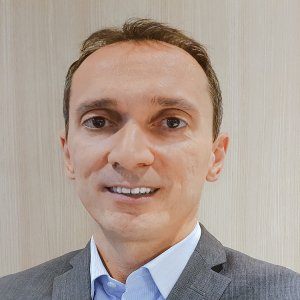


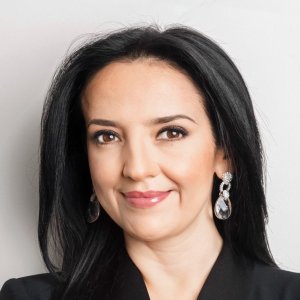
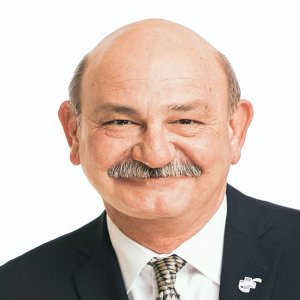
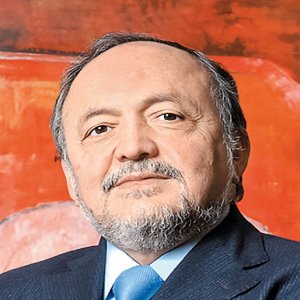
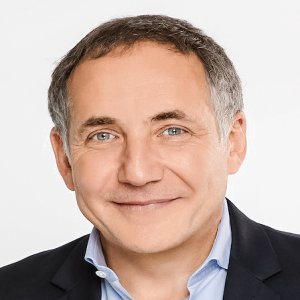
 By Miriam Bello | Senior Journalist and Industry Analyst -
Mon, 06/29/2020 - 11:43
By Miriam Bello | Senior Journalist and Industry Analyst -
Mon, 06/29/2020 - 11:43
















